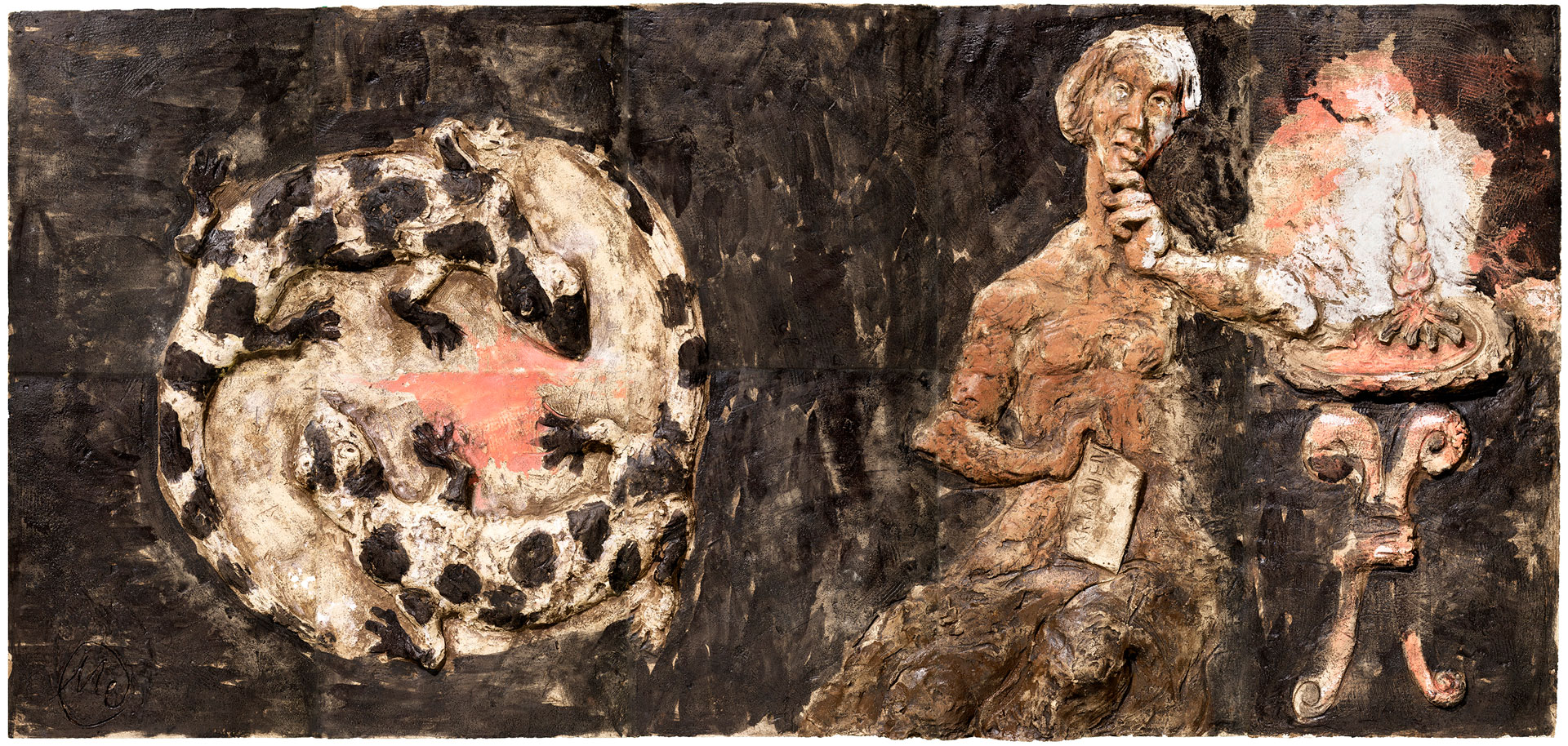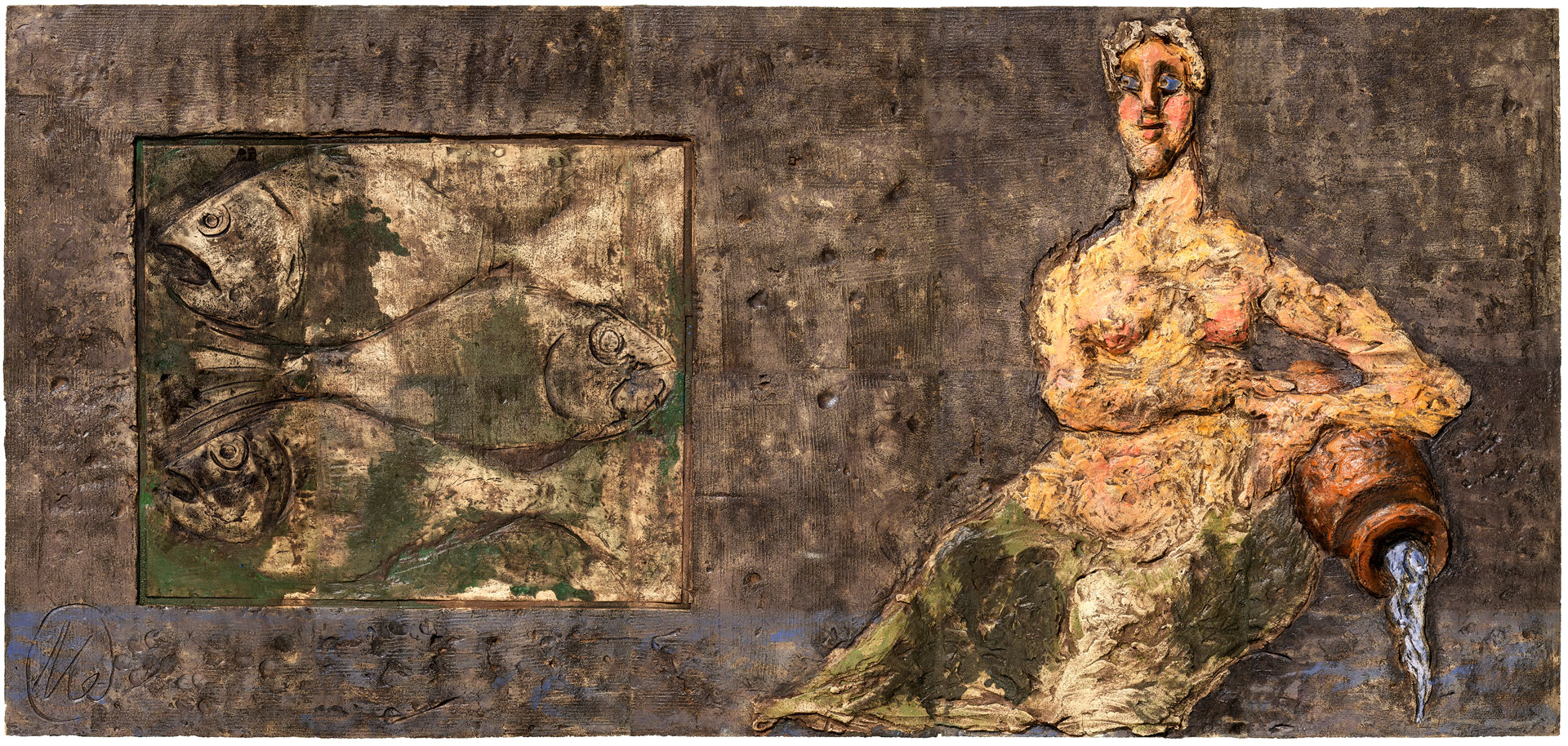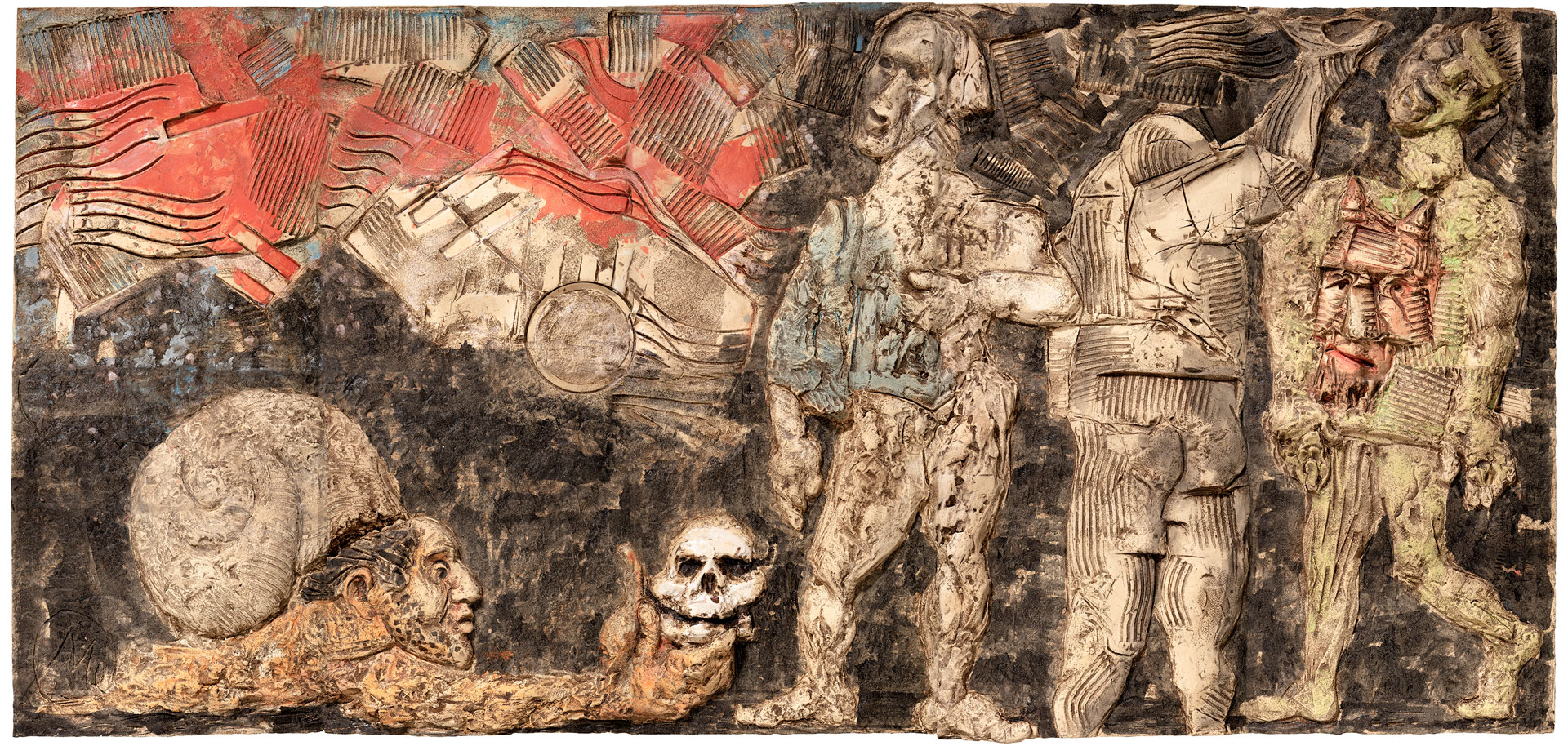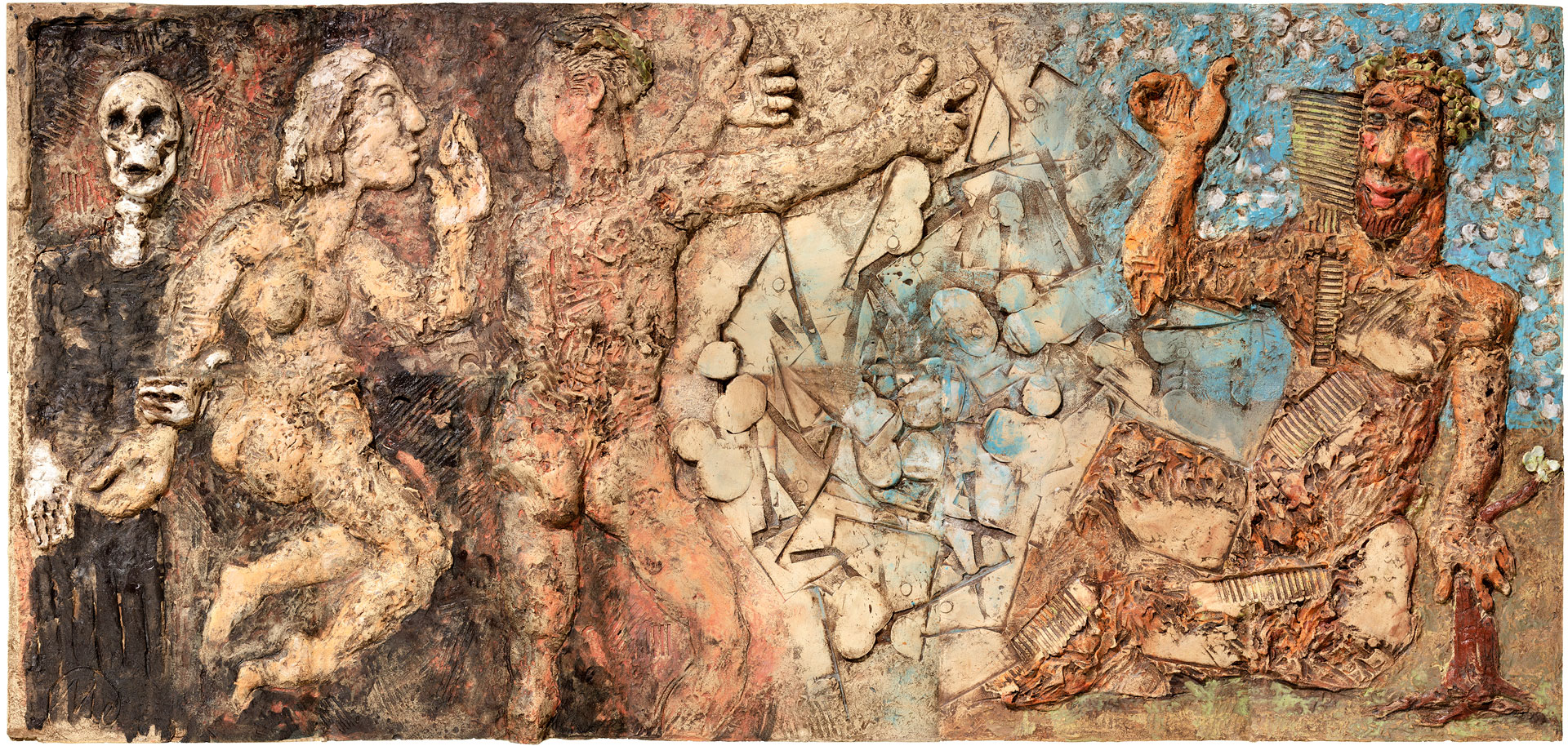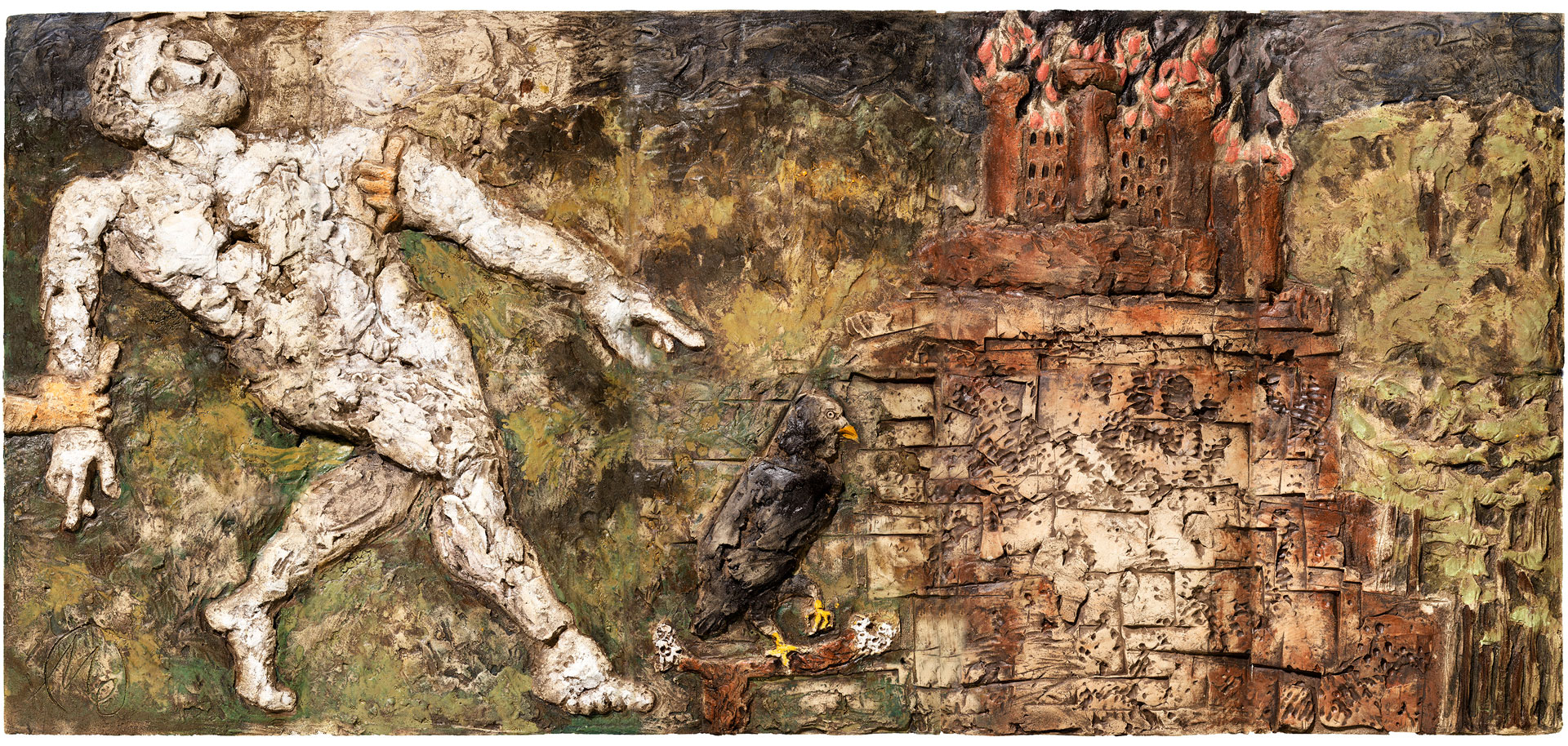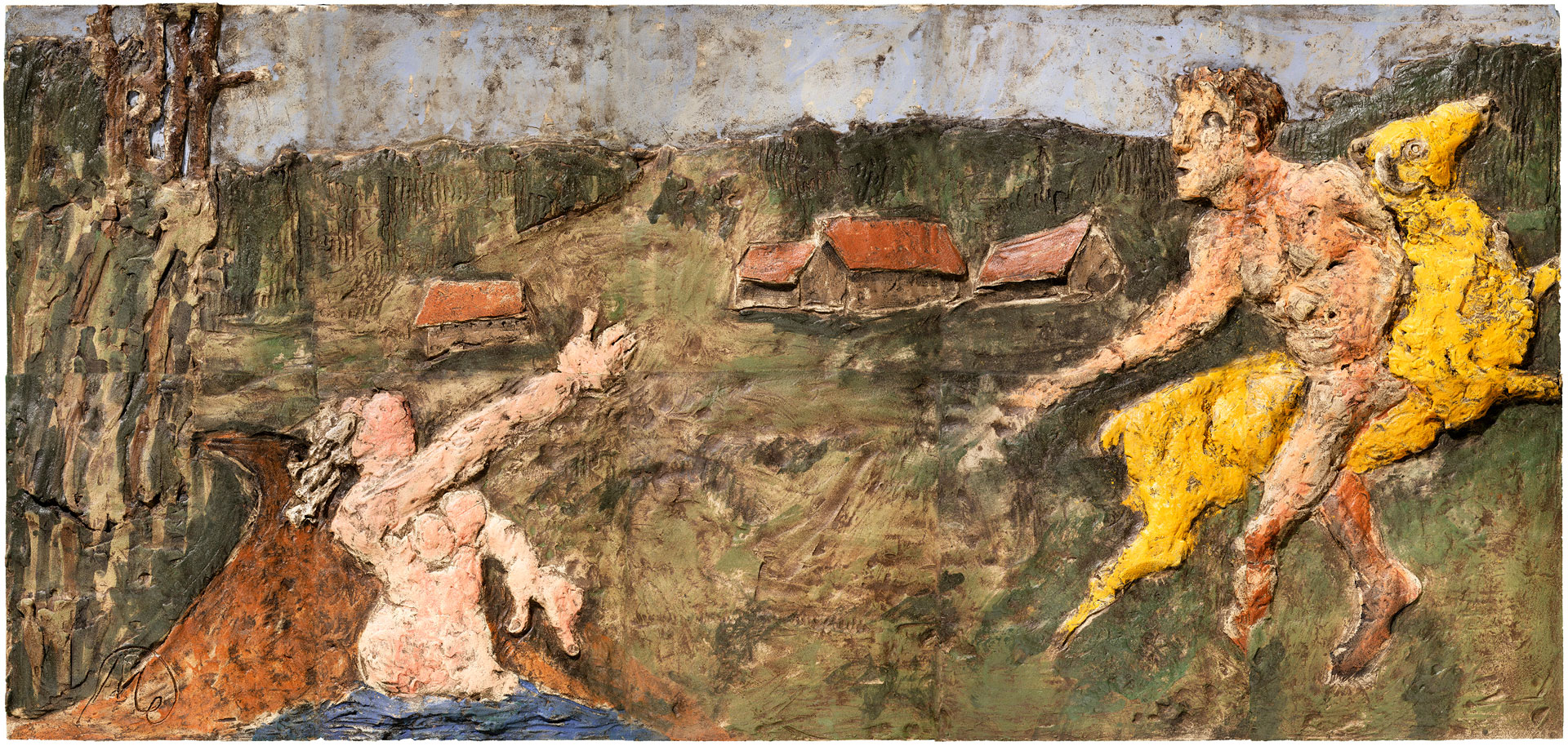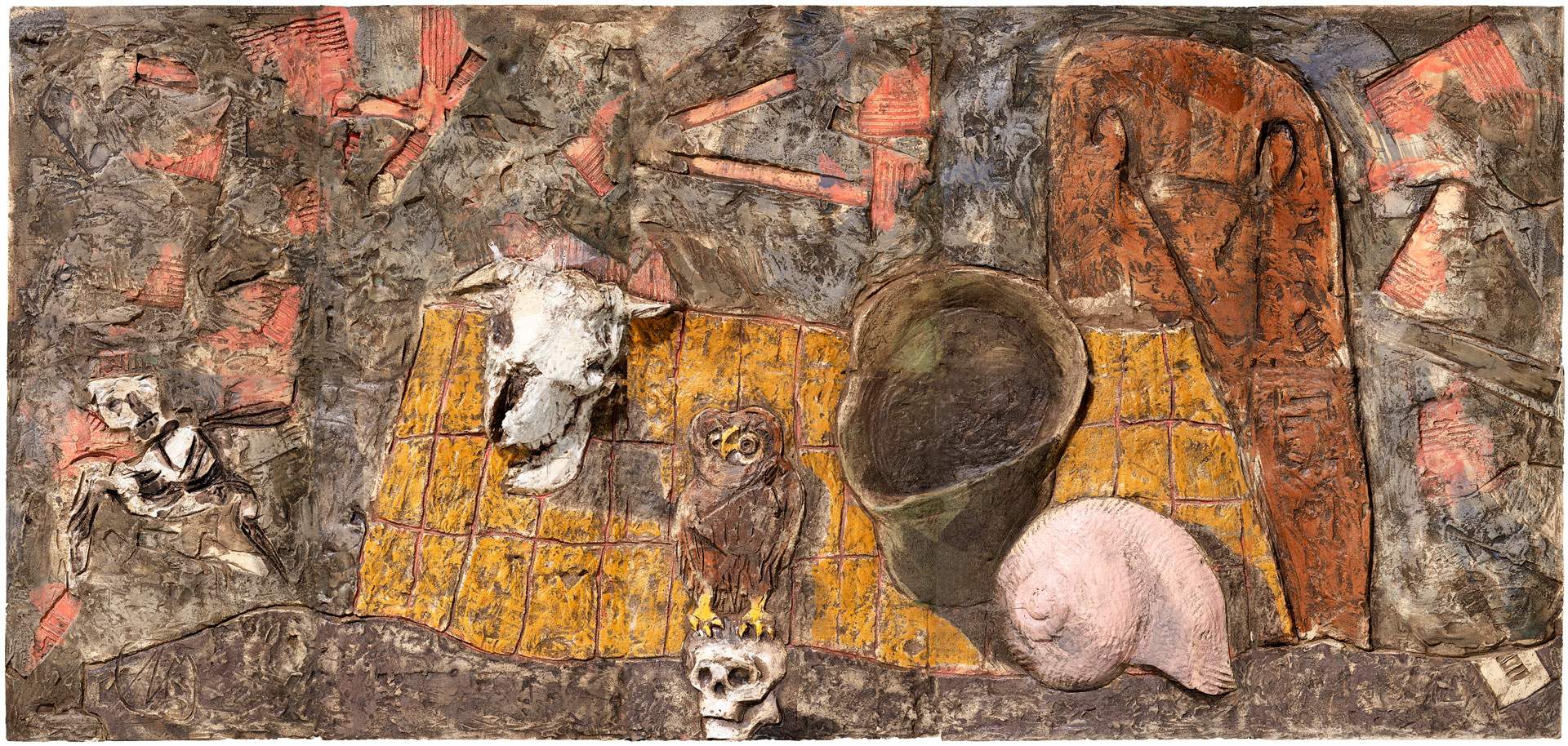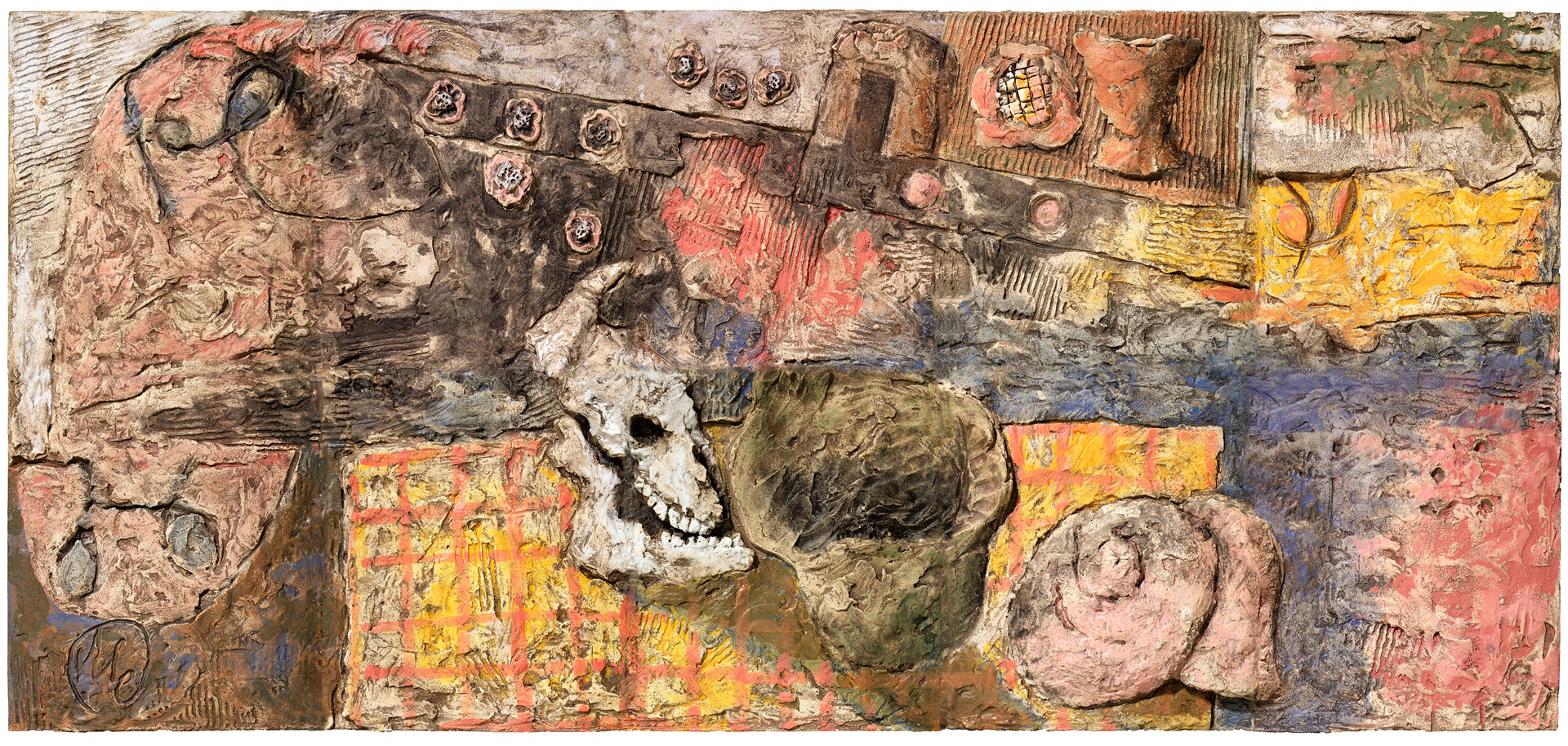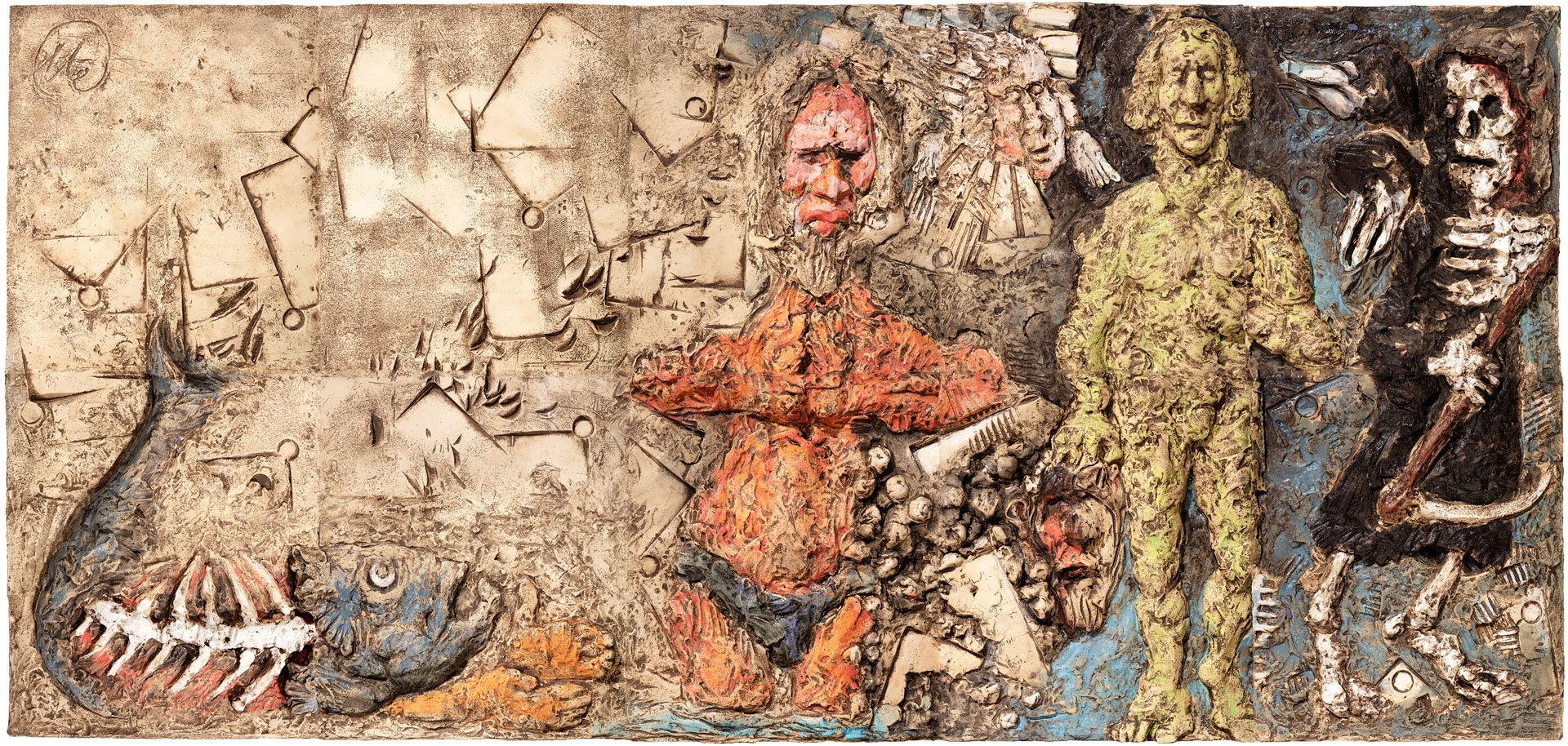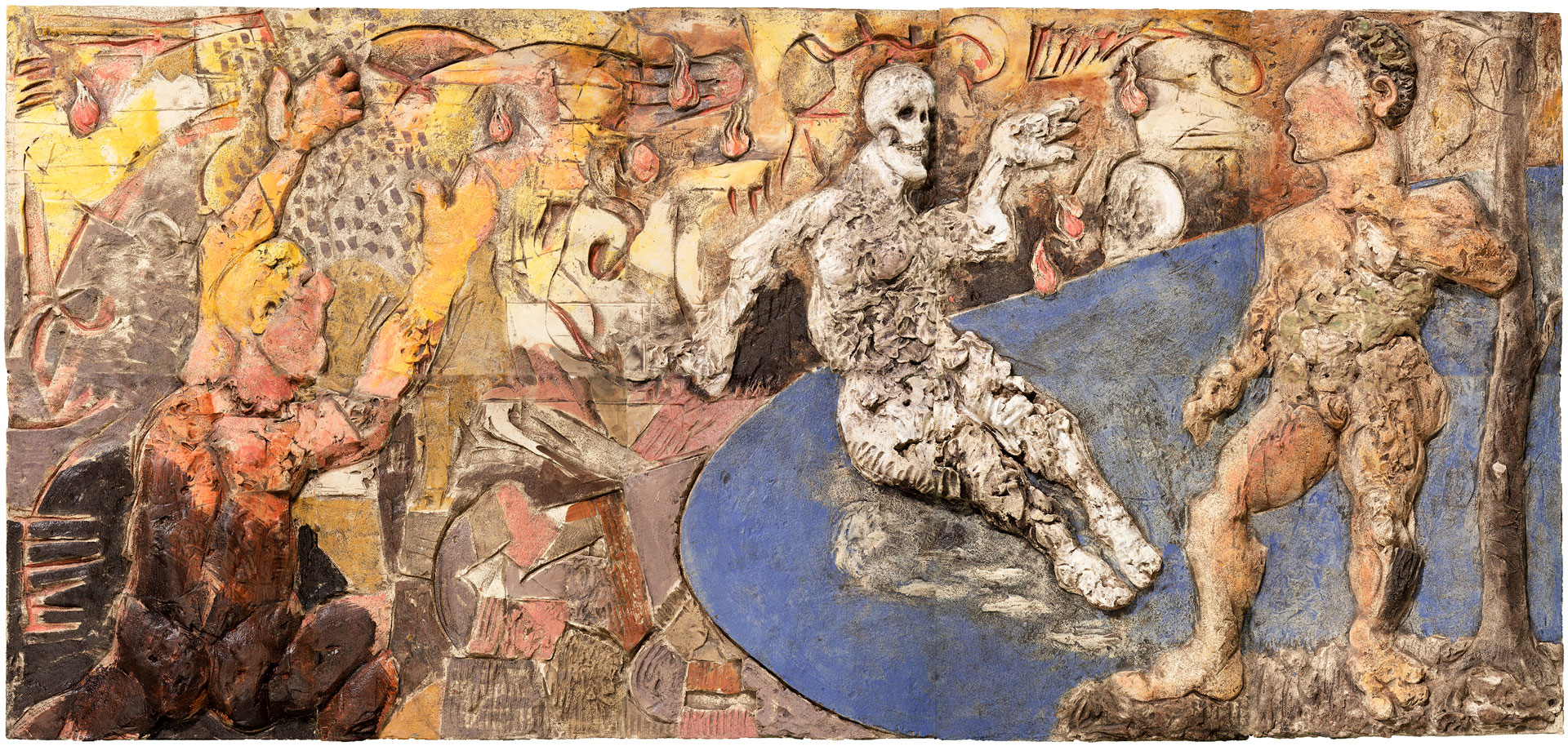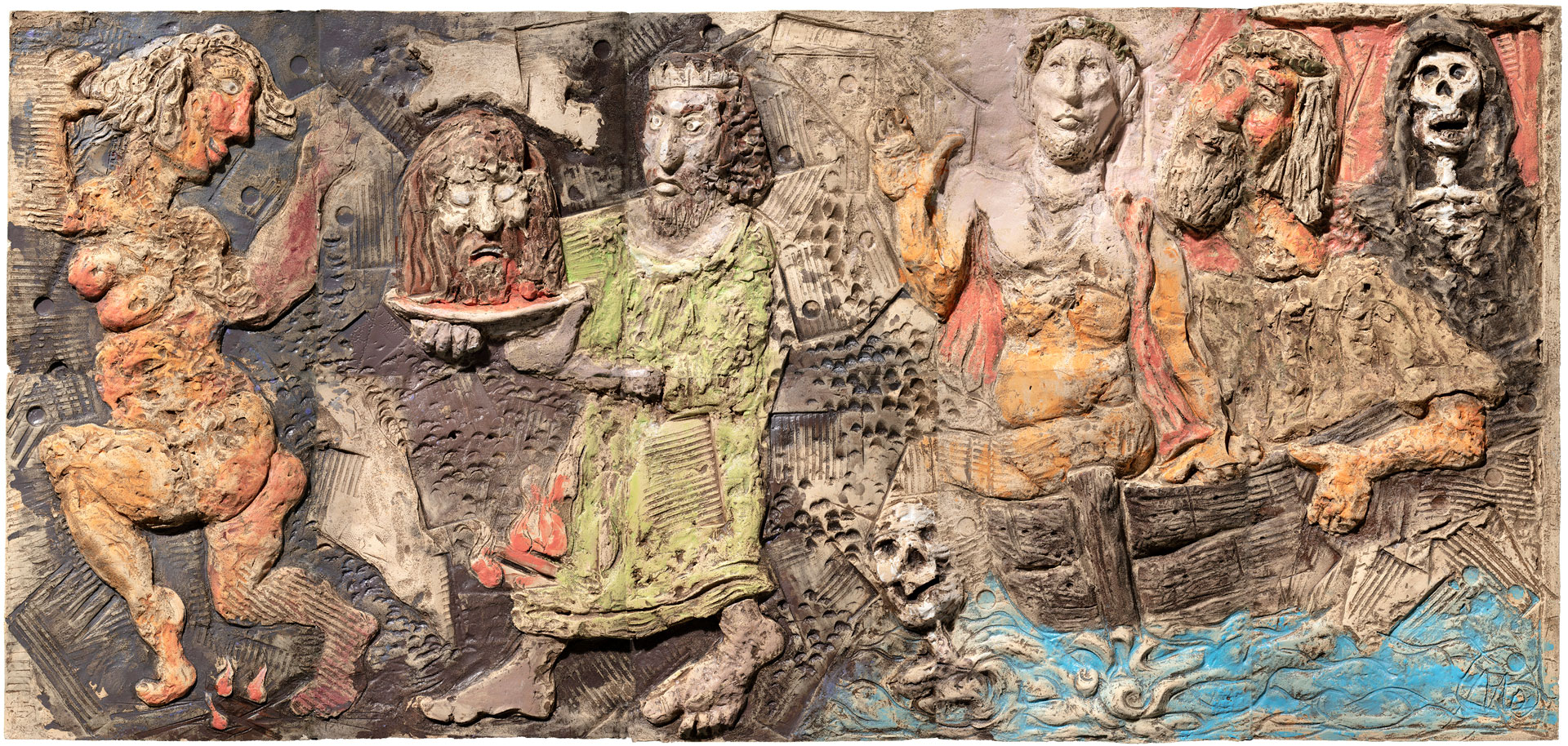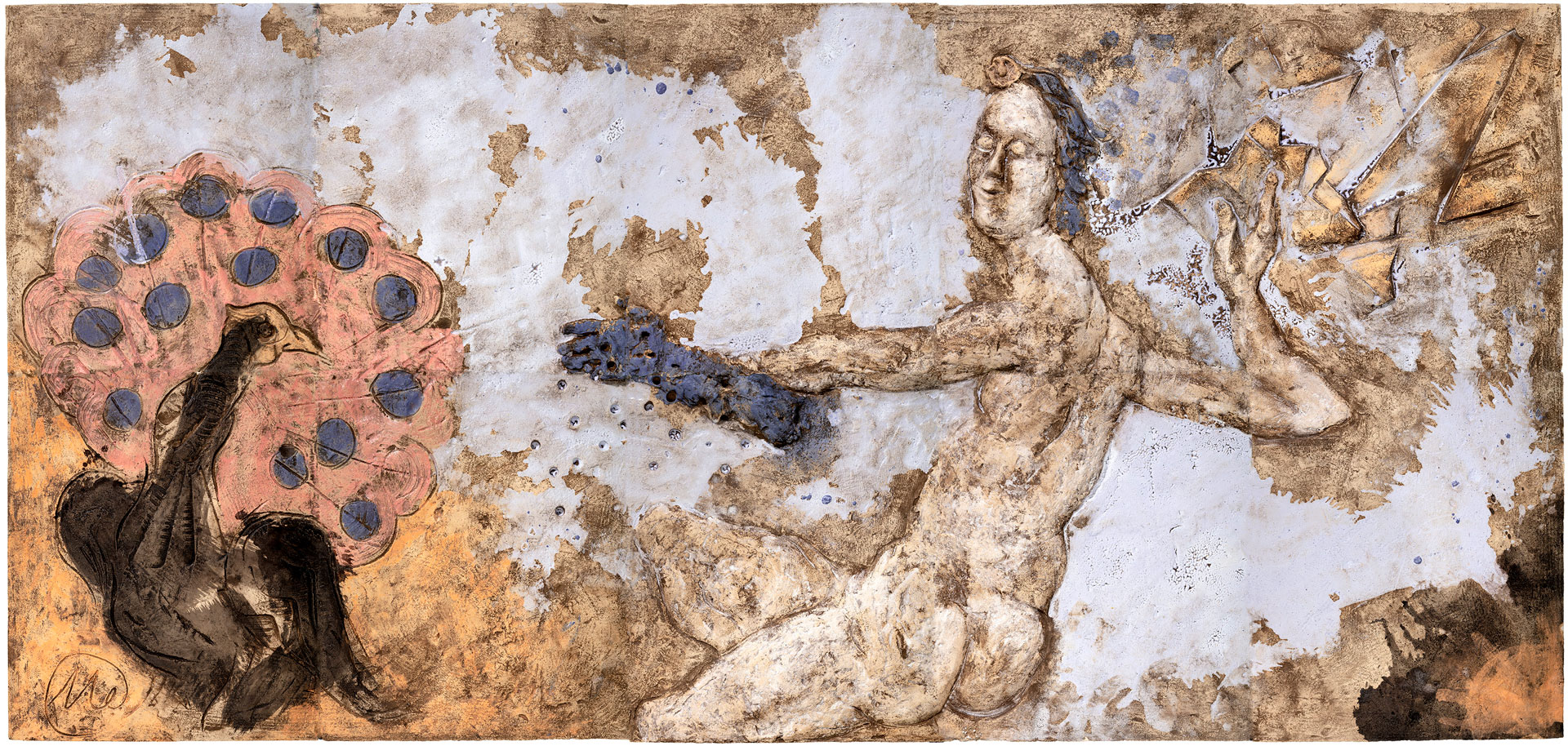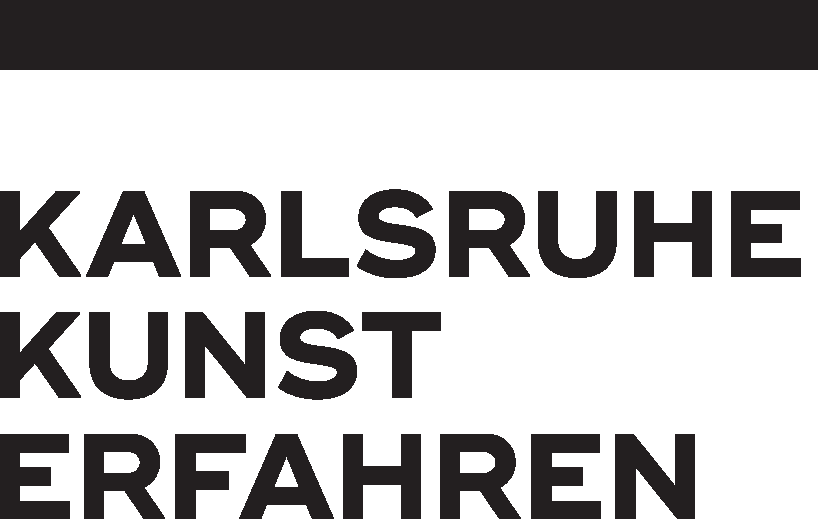GENESIS | Markus Lüpertz
365-Day-Gallery
EUROPAPLATZ – Direction Mühlburger Tor
THE POTTER’S CLAY HEAP (EARTH)
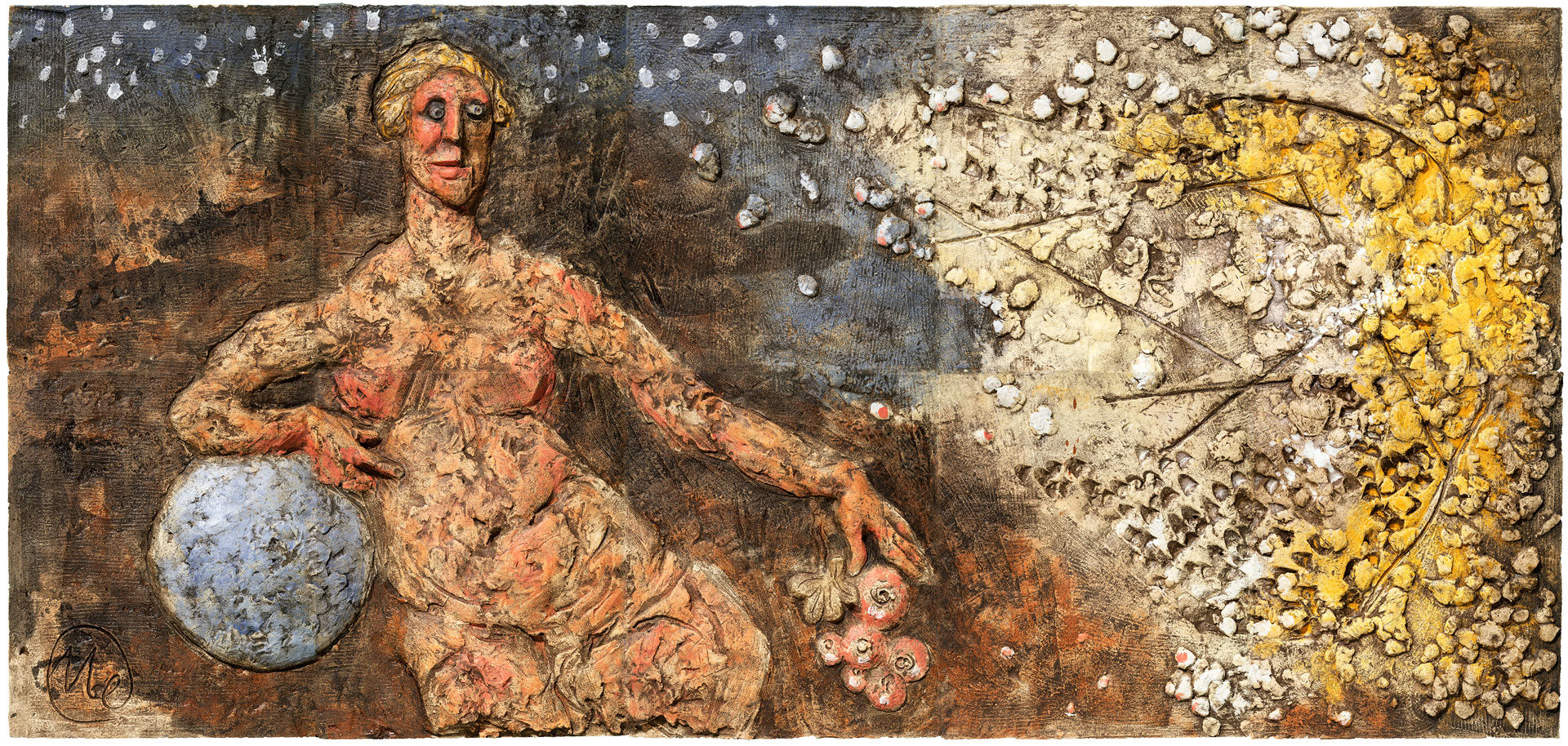
The earth marvels at the big bang.
Photography: Atelier Altenkirch, Karlsruhe

The earth marvels at the big bang.
Photography: Atelier Altenkirch, Karlsruhe
Markus Lüpertz frames the “Genesis”-series at the Durlacher Tor and Europaplatz stops with the four elements; Fire and air face each other at the beginning of the tunnel, earth and water at the end. In addition to his special reception of ancient mythology, he incorporated as well legends, pagan popular beliefs and scientific findings of our time. This is an important aspect especially in this ceramic image, although the personified earth holds fruit in her left hand, following the baroque representations of summer. In this way, she refers to the life-giving energy that comes from natural food. Mrs. Earth rests her right arm on the globe, which is painted bright blue – a very recent realization, for it was not until the conquest of space in the 20th century that man was able to get an outside view of the earth, covered predominantly by water.
The fixed look from her eyes can be interpreted on the one hand as a heroic gesture, but on the other hand, also as fear. For a yellow surface surrounded by raised spherical forms of different sizes dominates the right half of the picture. Here Lüpertz depicts the chaos of the universe, which also overarches the earth in the form of the celestial firmament. The yellow center shows a supernova, i.e. the explosion of a star, which is thus approaching its certain end. Triggered by the explosion, chunks of rock are hurled out of the star – meteorites race towards the earth, whose personification pushes itself quasi as a protective screen between the universe in upheaval and humanity as well as the diversity of species on the globe. The dusty, no longer differentiated stars on the right edge of the picture flow into each other. In this respect they are also an indication of what could happen if a meteorite were to hit the earth. Afterwards nothing would be any more, as it is, from the human being would remain probably, transferred spoken, only dust.
Earth to earth, ashes to ashes, dust to dust – these are the traditional words accompanying funerals in many places and are said while lowering the coffin into the grave. This refers to the fact that man, in the sense of an eternal cycle, returns to where he came from, after he was created, according to the Bible, but also according to the Gilgamesh epic and other creation myths, from clay as the mortal image of the immortal God, the immortal gods.
Text & translation: © Chris Gerbing, 2023
FURTHER INFORMATION
365-DAY-GALLERY
For a first orientation, you will find here an overview of the 365-day-”Genesis” gallery, which can be reached by underground almost 24 hours a day.
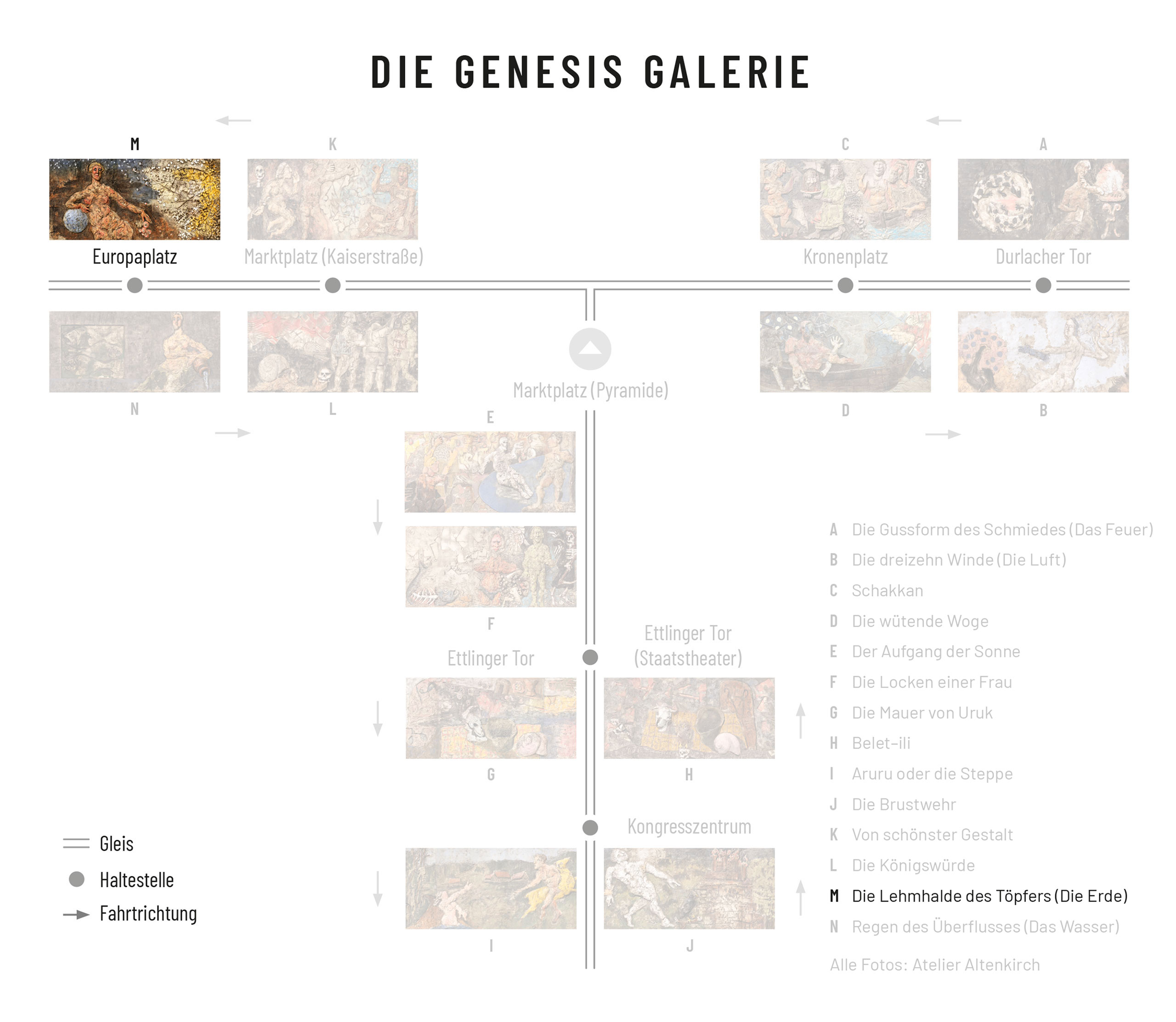
ALL STATIONS
ALL STATIONS
